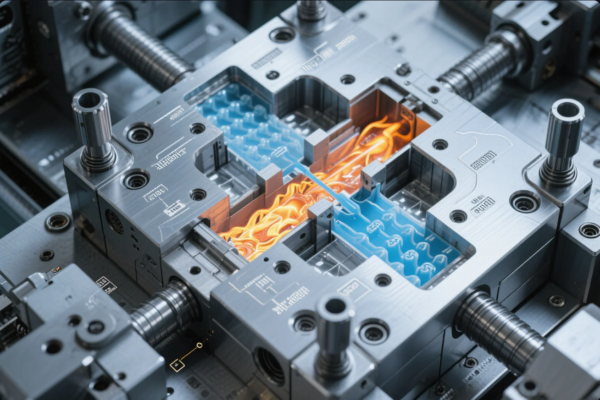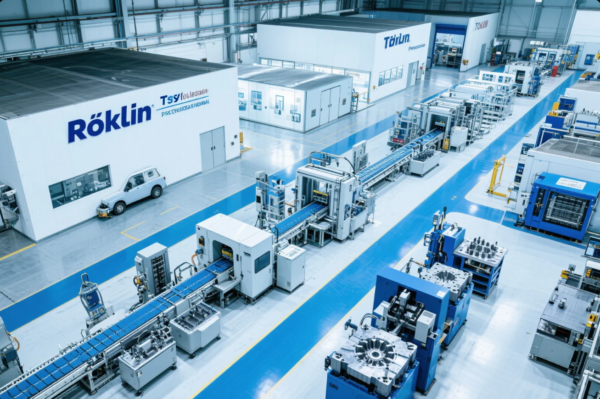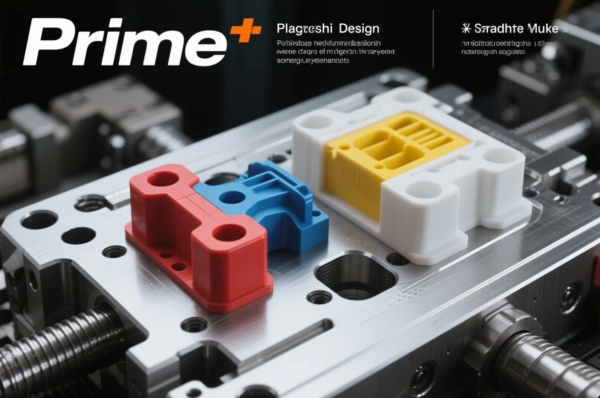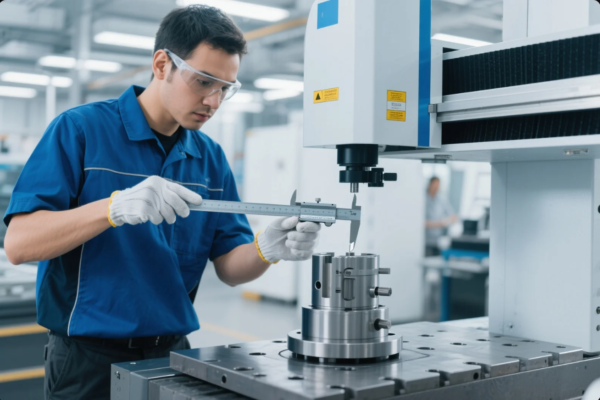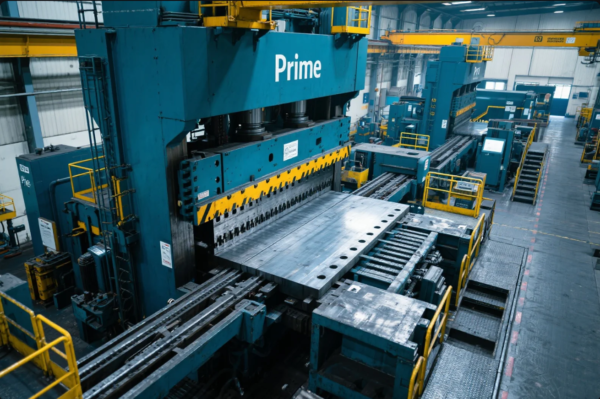Sustainable Metal Casting: Can Eco-Friendly Practices Save Costs?
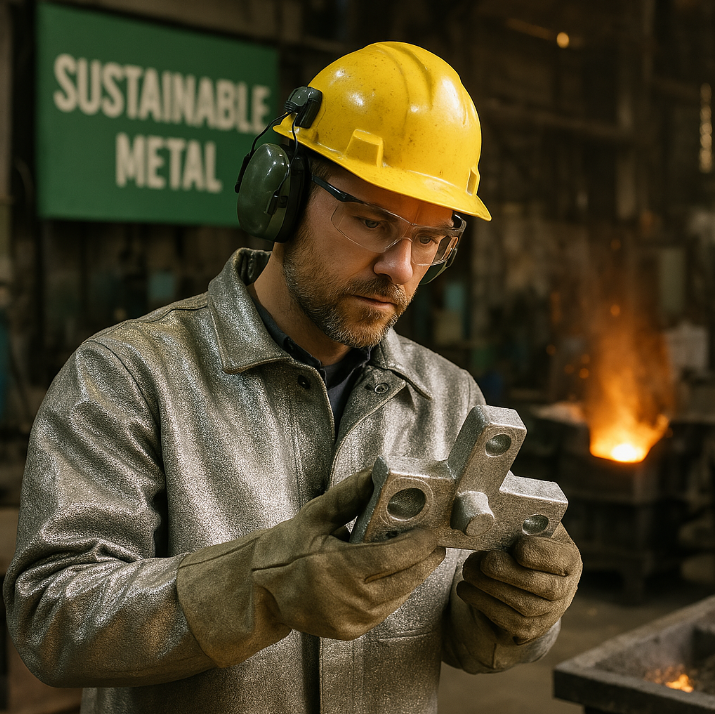
The metal casting industry faces growing pressure to reduce emissions and waste—but sustainability shouldn’t mean higher costs. As a factory with 10+ production lines, we’ve proven that eco-friendly casting cuts expenses by 15-20% while meeting strict ISO 14001 environmental standards.
Sustainable metal casting combines recycled materials, energy-efficient furnaces, and closed-loop water systems—reducing CO2 emissions by up to 40% and slashing material waste.
Is your supplier using outdated, polluting methods? Here’s how smart sustainability improves both the planet and your profitability.
1. Recycled Metal vs. Virgin Alloys: Does Sustainability Lower Quality?
Recycling metal preserves resources—but does it weaken parts?
Recycled vs. Virgin Metal Comparison
| Factor | Recycled Metal | Virgin Metal |
|---|---|---|
| CO2 Footprint | 75% lower | High |
| Cost | 20-30% cheaper | Expensive |
| Strength | Same after refining | Unaltered |
| Lead Time | Fast (local scrap) | Slower |
Our process: We refine scrap steel in induction furnaces, removing impurities to meet ASTM standards. Result? Same strength, lower cost, 80% less energy.
2. Energy Efficiency: How Do Modern Foundries Cut Power Waste?
Old coal furnaces waste energy—new tech slashes bills.
✔ Induction melting (85% efficiency vs. 40% for cupolas)
✔ Waste heat recovery (reuses furnace exhaust)
✔ Solar-assisted drying (for sand molds)
After upgrading to electric arc furnaces, we cut energy use by 35%—saving $250,000/year.
3. Sand Reclamation: Can Used Molding Sand Be Recycled?
Wasted sand = wasted money (and landfill harm).
✔ Mechanical scrubbing (removes burnt residues)
✔ Thermal reclamation (resets sand properties)
✔ Closed-loop water systems (no toxic runoff)
By reusing 90% of our sand, we save $8/ton—and prevent 5,000 tons of annual waste.
4. Lean Manufacturing: How Does Waste Reduction Boost Profits?
Excess material = higher costs + environmental impact.
Waste-Saving Strategies:
✔ 3D-printed sand molds (reduce excess material)
✔ AI-driven pouring optimization (minimizes spills)
✔ Just-in-time production (prevents overstock)
Our lean system cut material waste by 60%, improving margins without price hikes.
5. Government Regulations & Tax Breaks: Can Green Choices Pay Off?
Sustainability isn’t just ethical—it’s financially smart.
✔ Carbon tax savings (lower emissions = lower fees)
✔ Green energy subsidies (solar/wind incentives)
✔ ISO 14001 certification (wins eco-conscious clients)
Our solar-powered foundry receives $120K/year in energy rebates.
Conclusion
Green metal casting isn’t a cost—it’s an investment. By recycling metals, conserving energy, and minimizing waste, manufacturers can cut expenses while meeting global eco-standards. Need affordable, sustainable castings? Our zero-waste production line delivers high-quality parts at competitive rates—with 30% lower CO2 emissions. Request a quote today!

